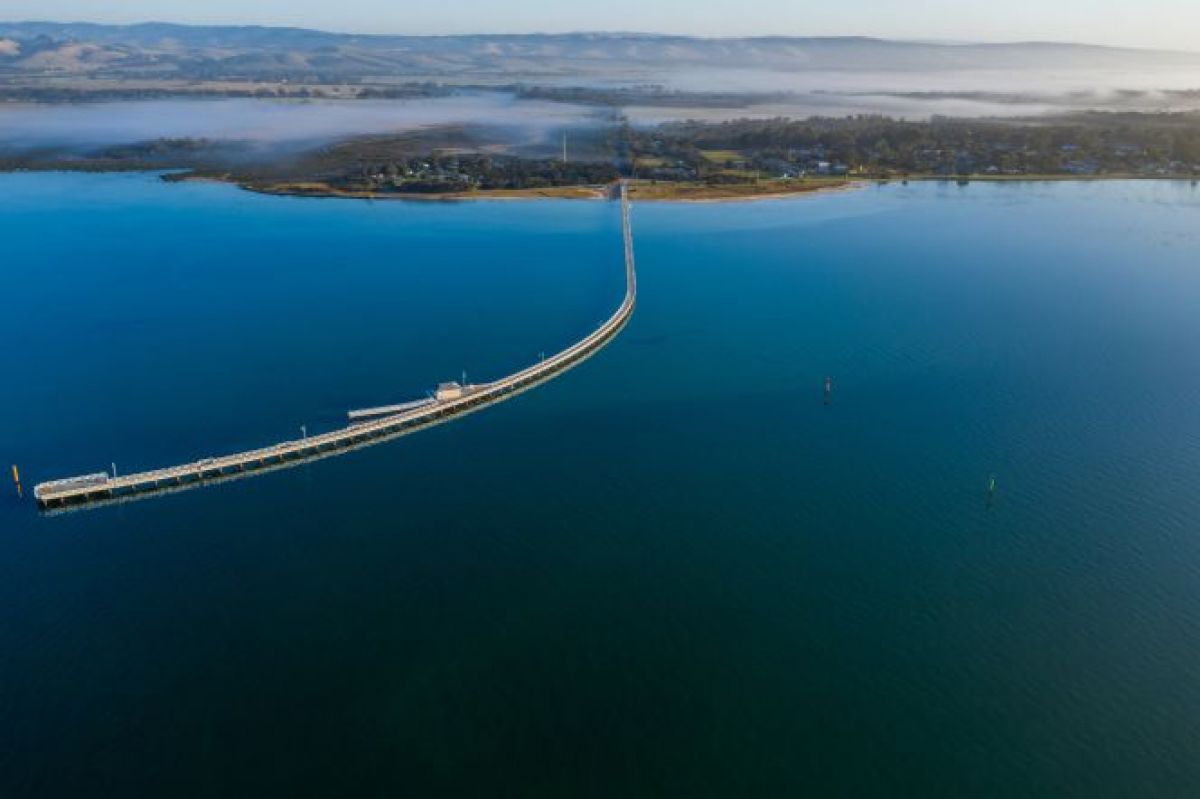![]()
Winner - Excellence in marine and coastal design or development
From its opening in 1938 until the 1980s the Port Welshpool long jetty serviced Bass Strait maritime activity and the fledgling oil and gas exploration industry. But reduced maritime activity and falling income from commercial shipping, together with the increased maintenance costs and safety concerns due to the deteriorating condition of the structure, resulted in its closure in 2003.
The local community was passionate about its long jetty and lobbied heavily for the restoration of this historical structure with cultural and recreational values. A project to restore the jetty was initiated, pursuing objectives to:
- restore the safety and useability of the jetty;
- restore its function as a recreational fishing asset;
- provide an attraction for visitors and economic benefits for Port Welshpool; and
- protect and enhance the environmental values of the site and the heritage values of the jetty.
As part of the Corner Inlet Ramsar site the project design needed to consider not only construction impacts but also ensure the restored structure would add to the amenity of the environment. Undertaking the restoration project required community engagement in coastal issues and increased local involvement in the planning and management of the coast. It reinforced the strong connection between the town and its jetty. The resulting structure has great appeal for recreational fishers and other visitors. It has greater long-term structural integrity and reduced maintenance costs for its operators.
After opening the restored jetty attracted large numbers of visitors and continues to attract approximately 400 visitors per day in peak season and between 100-150 per day in winter. The economic fortunes of small business in Port Welshpool have turned around with significantly increased visitor expenditure. This high level of patronage and clear positive impact on Port Welshpool and its economy demonstrate the immediate success of the project.
Judges in this category applauded the environmentally sensitive approach to the rehabilitation, and to construction works that enhanced marine habitat and minimised disturbance. This restored coastal asset engages visitors with the local marine environment, provides amenities and interpretive facilities that reinforce cultural heritage values.





Page last updated: 20/11/20